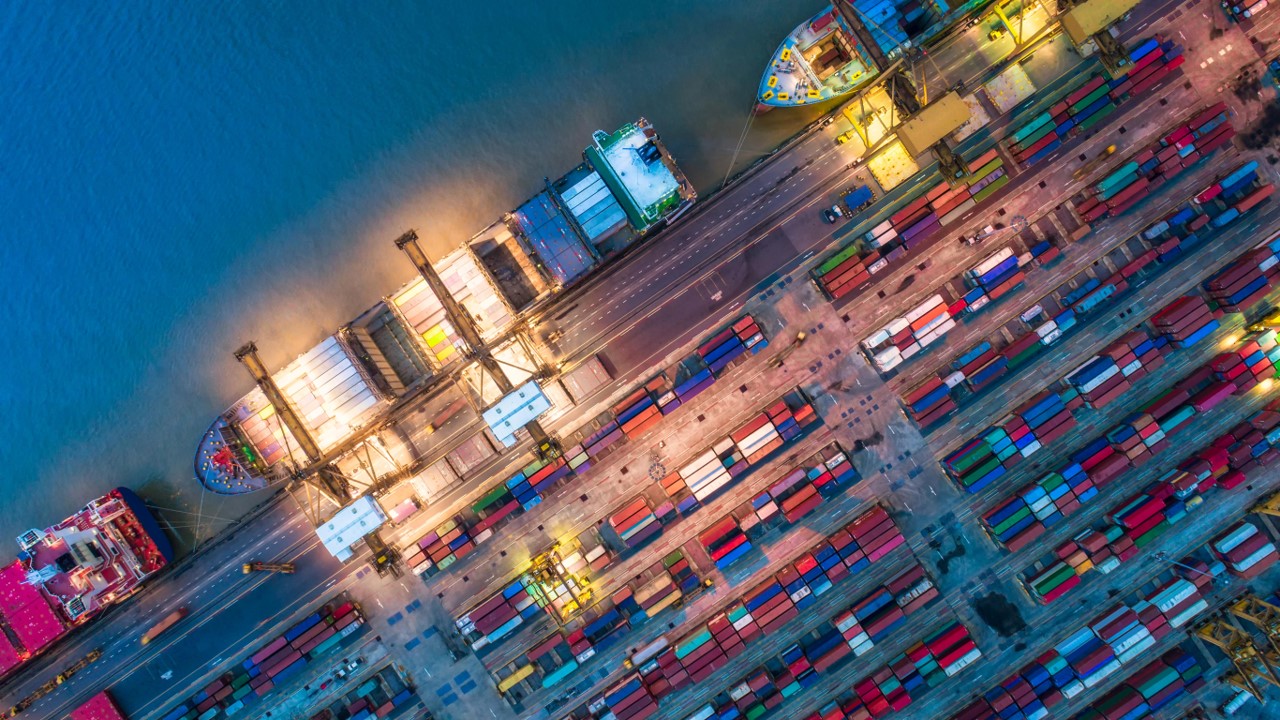
What is a PV Breaker and a PV Valve on Ships?
Onboard modern vessels, maintaining the safety and efficiency of cargo tanks is critical, particularly on oil and chemical tankers, where pressure variations and volatile cargoes add operational complexity. Pressure vacuum (PV) breakers and PV valves are both integral components of this safety framework, but their precise functions and differences are often a source of questions from shipowners and operators.
What is a PV Breaker?
A PV breaker, short for Pressure Vacuum Breaker, is a safety device designed to protect cargo tanks from excessive pressure or vacuum conditions. Its primary function is to prevent the tank from being subjected to dangerous overpressure or under-pressure (vacuum) scenarios. When the difference between internal and external pressure exceeds safe limits, the PV breaker activates to equalise the pressure, typically by admitting or releasing air between the tank and the atmosphere.

PVC Breaker in IG Systems
In vessels equipped with Inert Gas (IG) systems, the PV breaker plays a crucial safety role. The IG system maintains a positive pressure of inert gas within the cargo tanks to prevent flammable atmospheres from forming above volatile cargo. If there is a sudden drop in internal pressure (or a vacuum), the PV breaker ensures that atmospheric air is admitted, thereby protecting the tank structure and ensuring system integrity. This is particularly significant when considering operations such as cargo unloading or rapid cooling, which can create vacuum stress within tanks.
What is a PV Valve?
PV valves (Pressure Vacuum Valves) serve a closely related purpose but operate differently. Whereas the PV breaker is primarily a safety override device, PV valves are designed for ongoing pressure control. They regulate the release of air or vapours and prevent external air from entering the tank during normal operation. This ensures that slight pressure increases or decreases caused by temperature changes or liquid movement are managed without risking tank integrity or releasing excessive emissions.
The difference between PV Valve and PV Breaker
While both protect tanks from unsafe pressure or vacuum conditions, there are important distinctions:
- PV valves provide ‘first line’ control, maintaining tank pressure within normal operational limits through finely regulated venting actions.
- PV breakers act as a last resort safety device, only operating when PV valves alone cannot maintain pressure within accepted tolerances.
- In an IG system, the PV breaker essentially backs up the PV valves, ensuring an additional safety margin.
PV breaker and PV valve applications on modern ships
Compliance with IMO’s MARPOL and SOLAS standards mandates the use of PV valves and breakers on most tankers and chemical carriers. For shipowners, ensuring that both systems are in place and properly maintained is vital for operational safety, regulatory compliance, and environmental protection.
Choosing the right solution
Understanding the difference between a PV valve and a PV breaker is central to maintaining safe cargo operations and meeting regulatory standards. Consult with Pres Vac Engineering or your vessel’s class society for guidance on PV valves, PV breakers, and associated tank venting equipment that meets your vessel’s needs.
Key takeaways
- PV breakers are essential safety devices in tanker cargo venting systems, serving as backup to PV valves.
- PV valves regulate routine tank pressures; PV breakers intervene when pressure falls outside normal bounds.
- Both are mandated by IMO regulations for safety, emissions control, and tank integrity.
- Proper operation and maintenance of these components is crucial for ship safety and compliance.
If you have any questions about valves, please don’t hesitate to reach out and contact us.